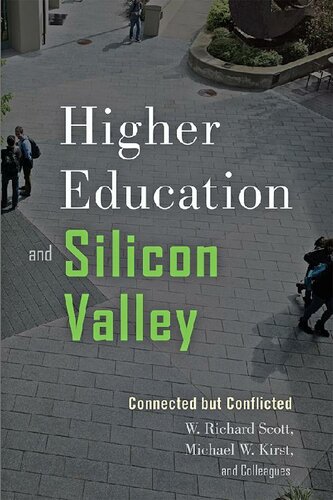

Most ebook files are in PDF format, so you can easily read them using various software such as Foxit Reader or directly on the Google Chrome browser.
Some ebook files are released by publishers in other formats such as .awz, .mobi, .epub, .fb2, etc. You may need to install specific software to read these formats on mobile/PC, such as Calibre.
Please read the tutorial at this link: https://ebookbell.com/faq
We offer FREE conversion to the popular formats you request; however, this may take some time. Therefore, right after payment, please email us, and we will try to provide the service as quickly as possible.
For some exceptional file formats or broken links (if any), please refrain from opening any disputes. Instead, email us first, and we will try to assist within a maximum of 6 hours.
EbookBell Team

4.4
72 reviewsUniversities and colleges often operate between two worlds: higher education and economic systems. With a mission rooted in research, teaching, and public service, institutions of higher learning are also economic drivers in their regions, under increasing pressure to provide skilled workers to local companies. It is impossible to understand how current developments are affecting colleges without attending to the changes in both the higher education system and in the economic communities in which they exist.
W. Richard Scott, Michael W. Kirst, and colleagues focus on the changing relations between colleges and companies in one vibrant economic region: the San Francisco Bay Area. Colleges and tech companies, they argue, have a common interest in knowledge generation and human capital, but they operate in social worlds that substantially differ, making them uneasy partners. Colleges are a part of a long tradition that stresses the importance of precedent, academic values, and liberal education. High-tech companies, by contrast, value innovation and know-how, and they operate under conditions that reward rapid response to changing opportunities. The economy is changing faster than the postsecondary education system.
Drawing on quantitative and historical data from 1970 to 2012 as well as 14 case studies of colleges, this book describes a rich and often tense relationship between higher education and the tech industry. It focuses on the ways in which various types of colleges have endeavored―and often failed―to meet the demands of a vibrant economy and concludes with a discussion of current policy recommendations, suggestions for improvements and reforms at the state level, and a proposal to develop a regional body to better align educational and economic development.